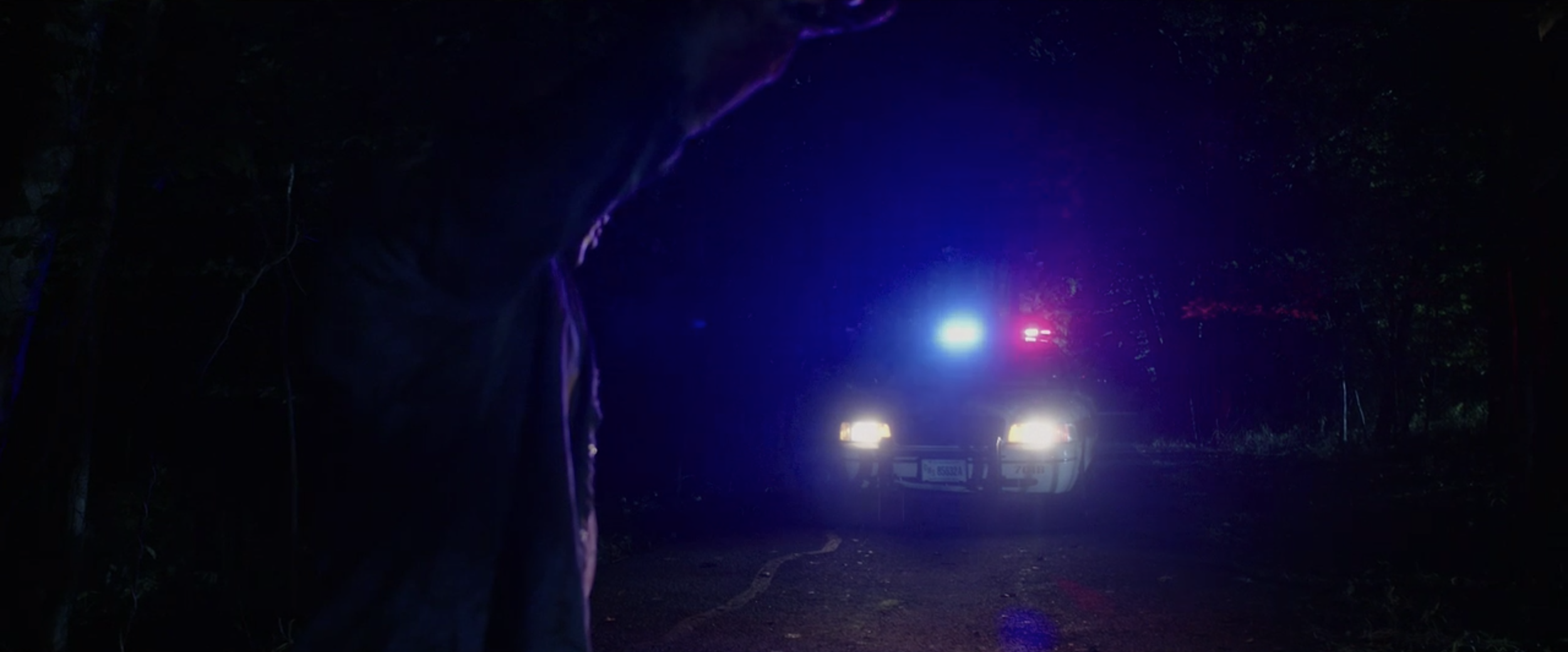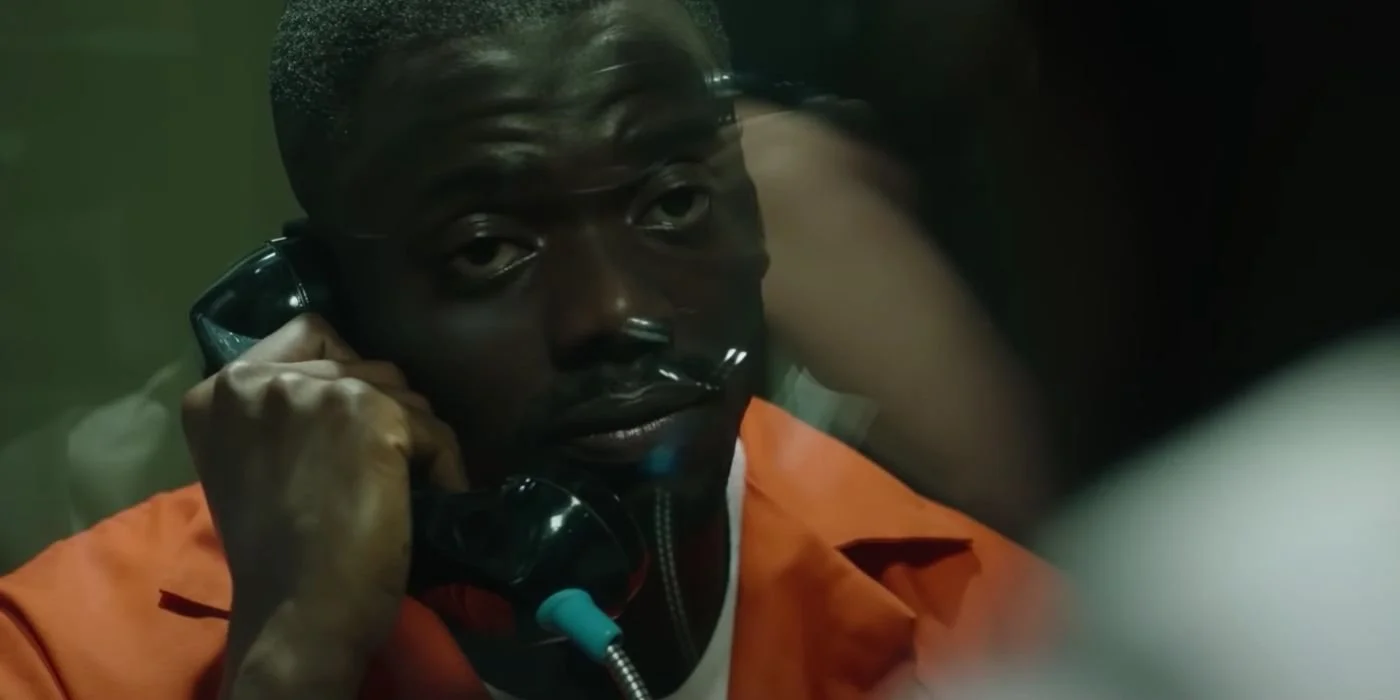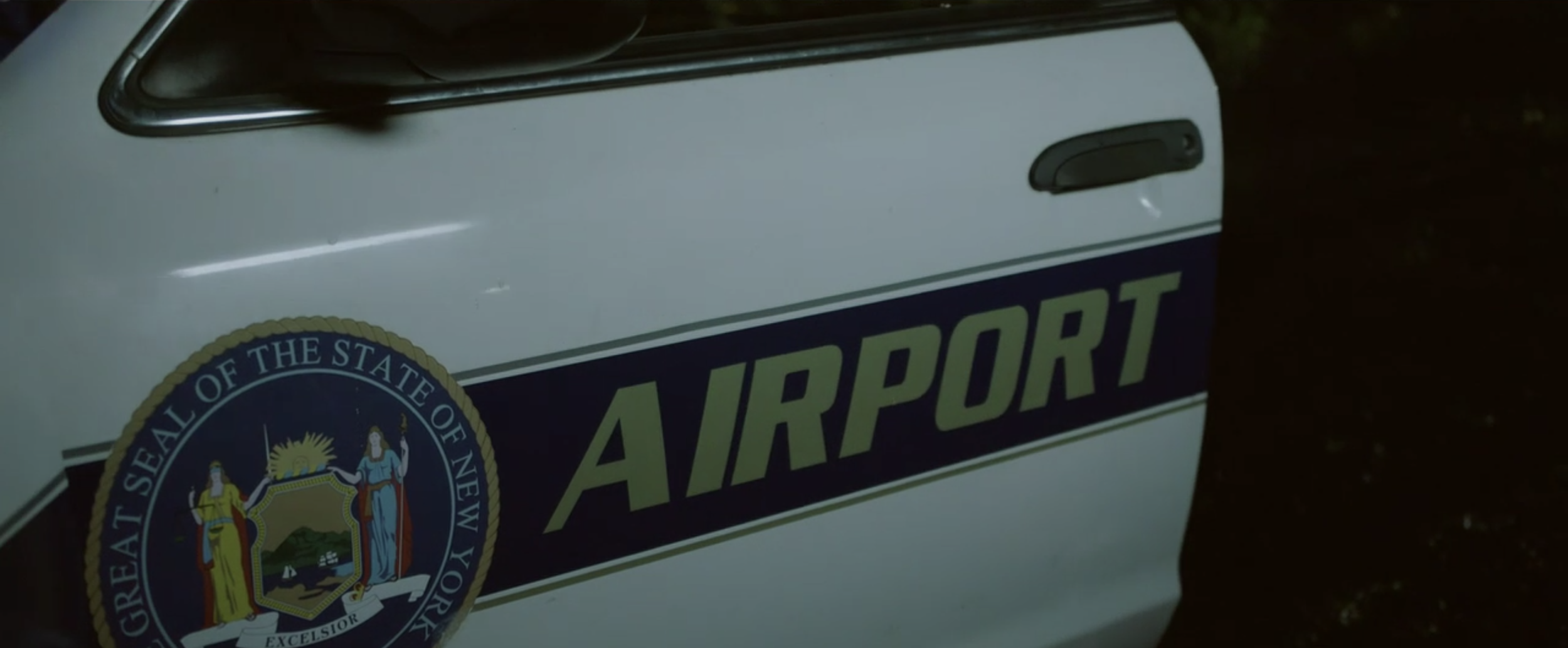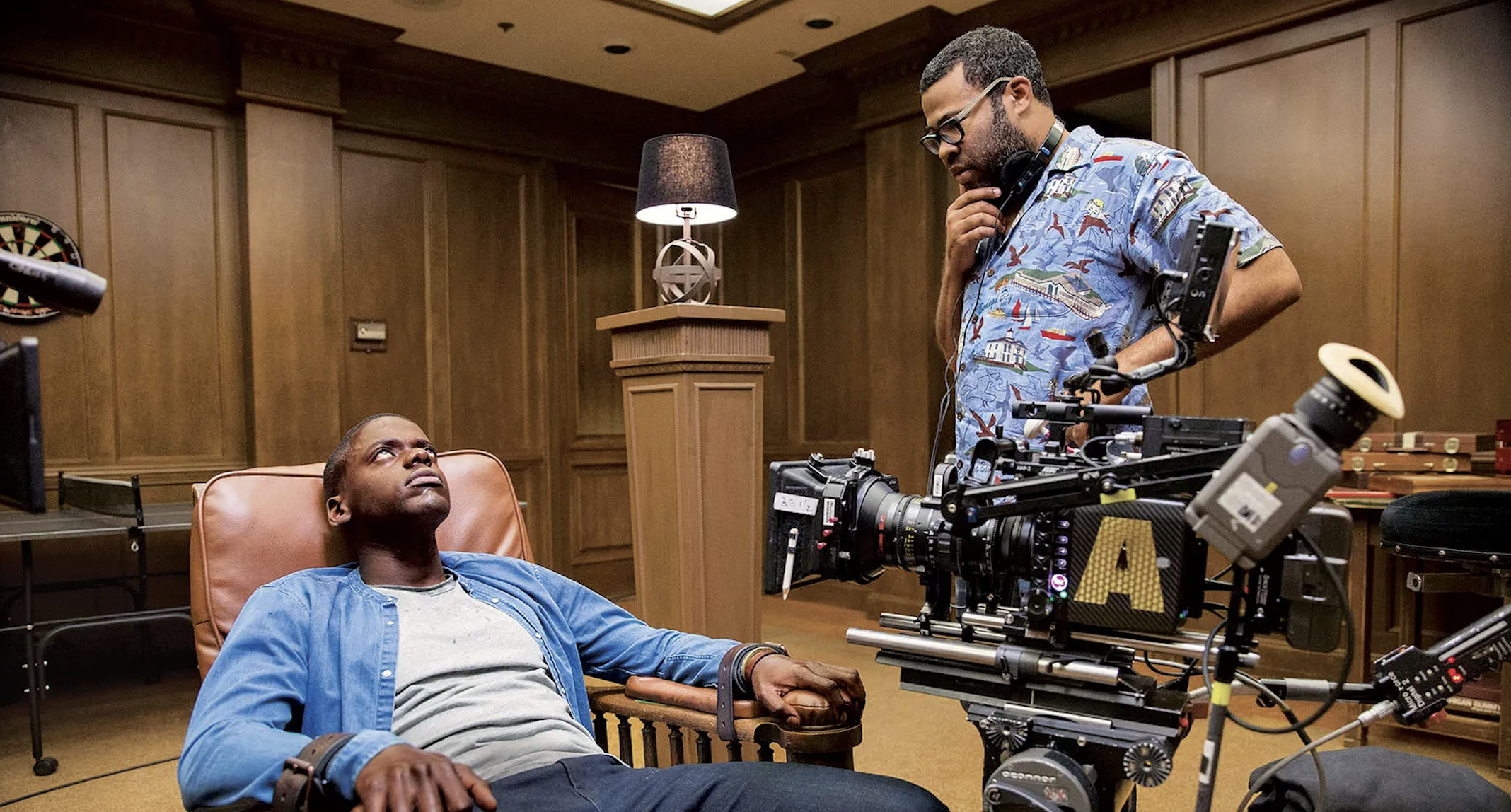Get Out’s Perfect Ending
Jordan Peele’s 2017 film Get Out almost instantly took its spot among the greats as a modern horror classic. The film was (and still is) an important milestone in the black horror genre, one that often gets overlooked and cast aside, despite its important societal impact. Get Out examined the white liberal lie of a post-racial America that popped up when President Obama was elected. While the film is meant for a wide audience to enjoy and understand, Jordan Peele has repeated that his main target audience is black, that if black people don’t get the movie or like it, he has failed. Clearly, the Oscar-winning film did not fail in the slightest.
The ending of Get Out is a triumphant moment, the moment in which the audience can finally release the breath they have been holding throughout the past hour and a half. When Chris (Daniel Kaluuya), the main character, finally beats the monstrous family, escapes the house, he is faced with flashing red and blue lights. Chris and the audience together immediately think the worst. He puts his hands up. Cut to the side of the car, and it’s his friend, Rod (Lil Rel Howery), in a TSA vehicle! Chris gets in and, after a moment of shock, he is able to smile at his friends teasing comment. This final moment is exactly the light-hearted and satisfying ending the audience has been craving throughout the tension of the whole film. Finally, a horror movie in which the black character survives, he gets out. This, however, was not Jordan Peele’s original idea for ending his film. In the alternate ending, the lights really are coming from a police cruiser, and while Chris is not shot, he ends up in jail. This ending is not all dark, as we are shown Chris in jail telling Rod that everything is okay, he stopped the Armitage family and that’s enough for him. But that is not enough for us, the audience. While this ending is perhaps more realistic or telling of the state of America, and it is not completely disappointing or hopeless, it is palpably unsatisfying.
When I first saw this film in 2017, I was able to watch both the real ending and the alternate one. At the time, as a white high schooler in a tiny, majority white rural town, I thought the alternate ending was more impactful. I thought it would affect the audience more, make us think about the painful reality of being black in America, and I thought it was better for this reason. I realize now that I was looking at the film as being made for white audiences. I thought that it was a lesson for white people on what we do that’s wrong, why we should be better. I know that, while that kind of lesson can be taken from the film by white audiences, that is not the point. There are so many stories out there of black pain, black trauma, it is more impactful to see a black man succeed, to see him win against all odds. Chris had been through so much, the audience needed to see him win.
Every moment in Get Out is purposeful, and Jordan Peele has expanded upon his thoughts while writing the film in Get Out: The Annotated Screenplay. In this book, he speaks of how this penultimate moment, the flashing lights, ground the story and bring it all back to reality. While the whole film has a growing air of absurdity with its body-snatcher-science-fiction elements, there is a grim possibility that Chris could be shot down by the police after surviving a literal horror movie. This reality forces the audience to reevaluate the rest of the film, to ask themselves if it is really all that far-fetched. The original ending was one in which Chris lost his freedom, but was allowed to keep his soul. That would have been fine, it would have gotten the point across. However, the real ending speaks to how impressively written the rest of the film was in making us as an audience need Chris to escape. To quote Peele, “the audience needed him to get out and so it became obvious it was the right way to do it. And, thank God, he got out.”



